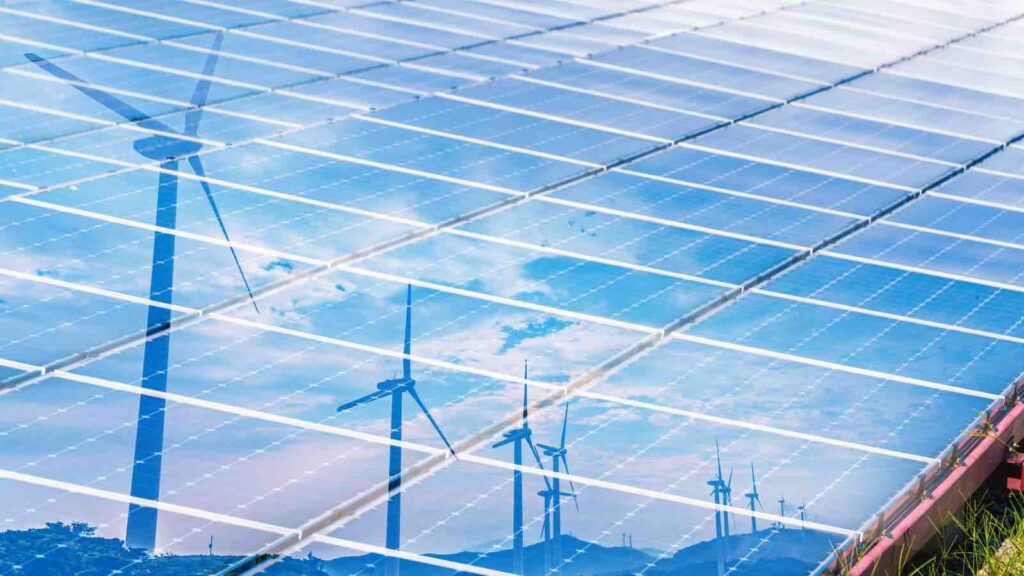In 2024 alone, India’s total solar PV exports reached an impressive ₹12,94,072.2 lakh (≈ $15.59 million), with solar modules making up the lion’s share at ₹12,64,474.79 lakh (≈ $15.23 million) and solar cells contributing ₹29,597.41 lakh (≈ $356,595).
India’s renewable energy ambitions are entering a new phase—powered by sunlight, driven by policy, and boosted by global trade shifts. Once primarily a solar importer, the country is now emerging as a solar exporter of consequence, with surging photovoltaic (PV) exports and strengthened domestic capacity paving the way for a brighter, cleaner energy future
RELEVANT SUSTAINABLE GOALS



In 2024 alone, India’s total solar PV exports reached an impressive ₹12,94,072.2 lakh (≈ $15.59 million), with solar modules making up the lion’s share at ₹12,64,474.79 lakh (≈ $15.23 million) and solar cells contributing ₹29,597.41 lakh (≈ $356,595).
Trade Winds Shift in India’s Favor
The global solar market is undergoing a seismic transformation. With many countries imposing duties on solar imports from China—historically the dominant player—India is stepping into the breach. Most notably, recent tariff hikes introduced by the United States on solar products from all countries (particularly targeting Chinese modules) have created strategic export opportunities for Indian manufacturers, especially in the U.S. and European markets.
At the same time, China’s own rollback of domestic solar subsidies may curtail its production capacity, further clearing space for India to grow its footprint on the global solar stage.
Policy Push: ALMM and Budgetary Reforms
Central to India’s solar ascent is the government’s proactive policy framework. The Approved List of Models and Manufacturers (ALMM), which came into effect on April 1, 2024, requires that only locally manufactured solar panels be used in government-backed projects. A further extension to solar cells is expected by June 2026.
This policy has galvanized domestic manufacturers, prompting a surge in investment, capacity expansion, and production scaling. It also aligns with the country’s larger “Make in India” and energy security ambitions.
Complementing this initiative, the latest Union Budget revised the import duty on both solar modules and cells to 20%, aiming to protect domestic manufacturers while still allowing access to key components. This careful balancing act is expected to enhance the competitiveness of Indian firms abroad while fostering growth at home.
Despite facing stiff competition from China’s large-scale, cost-efficient manufacturing base, India is steadily closing the gap through targeted investment, policy incentives, and global tailwinds. As European countries aggressively chase renewable energy targets and the U.S. doubles down on solar security, India finds itself well-placed to meet rising international demand.
The country’s expanding manufacturing capacity, buoyed by innovation and a robust export strategy, presents a significant opportunity—not just to gain market share, but to lead the world in sustainable energy production.
India’s rise in the global solar market is more than an economic story—it’s a climate narrative. As the world races to meet net-zero targets, India’s growing solar sector offers both a model and a solution. With the right mix of innovation, investment, and international cooperation, the country is poised to become not just a solar exporter, but a global renewable energy leader.
And in doing so, it may help light the path toward a cleaner, more sustainable planet.
You may also be interested in :
India’s Clean Energy Revolution : Mandating Locally-made Solar Cell by 2026




